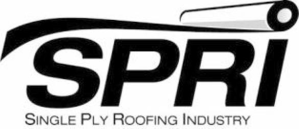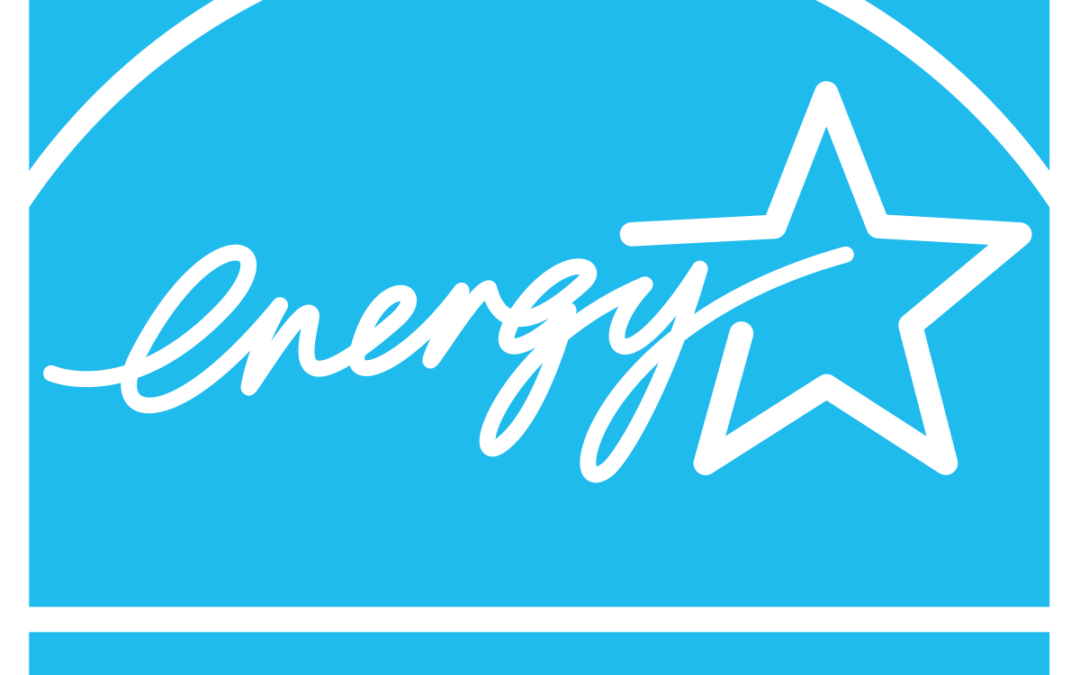In 2019 the U.S. Environmental Protection Agency (EPA) announced they are sunsetting the ENERGY STAR reflective roof program effective June 1, 2022.
Important dates:
The ENERGY STAR® roofing program will be phased out by June 1, 2022.
The date for program partners, such as manufacturers of reflective roofing materials, must cease production of printed or electronic marketing material using the ENERGY STAR mark by June 1, 2021.
All references to ENERGY STAR must cease by June 1, 2022.
While the ENERGY STAR roofing program has provided guidance to many building owners and designers over the years, this change will eliminate some likely confusion around energy-efficient roof design. As a general energy efficiency rule, reflective roofs are best suited for cooling-dominated climates where buildings’ air conditioning demands (or costs) exceed their heating demands. These buildings are typically in southern markets – such as ASHRAE Zones 1, 2, and parts of 3 in the US. In heating-dominated climates, a non-reflective roof covering is often ideal to reduce heating costs and the burning of fossil fuels, and may mitigate the risk of condensation-related issues within the roofing assembly. Additional insulation, above and beyond just the minimum local building code requirement, and air and vapor barriers can also be effective ways to mitigate any heat gain or heat loss in the building regardless of the roof surface color.
For building owners and specifiers looking for other resources on reflective roofing, the Cool Roof Rating Council has information, and reflectivity and emissivity ratings for registered roofing products.
SPRI always recommends carefully selecting a roofing system based on performance attributes and considering the building’s design, intended use, location, and climatic conditions.
Additional Resources
- For more information on the Energy Star phaseout date can be found by clicking here.
- For more information on construction generated moisture and condensation click here.

